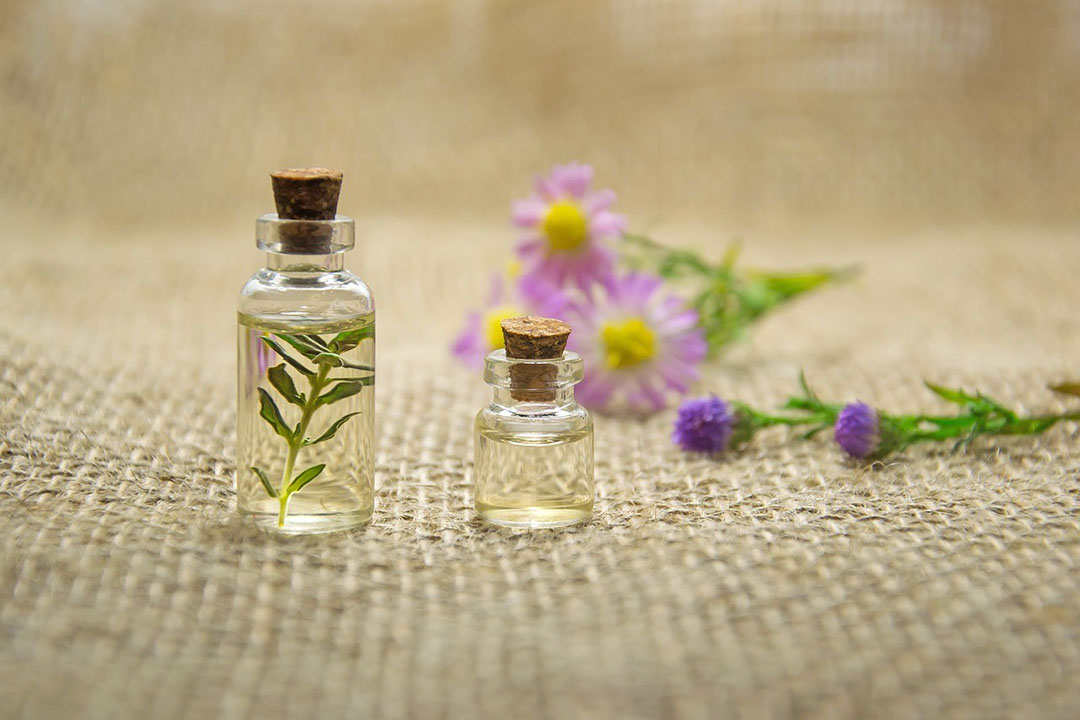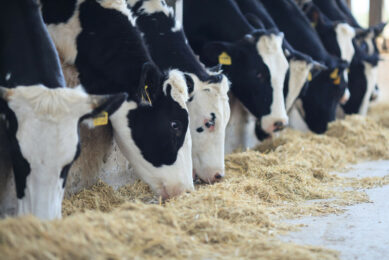Essential oils: Toxicity factors reviewed

Essential oils (EO‘s) are now a hot topic in finding modern substitutes for antibiotics. But are they always safe to use? A group of Czech researchers delved into the potential toxicity levels for monogastrics.
Essential oils (EO‘s) are now a hot topic in finding modern substitutes for antibiotics. Many studies have shown positive results and confirmed their high antibacterial activity both in vitro and in vivo. However, the content of EO’s active substances varies depending on growing conditions of the plants and consequently on processing and storage. In addition, their content also changes dynamically during the passage through the gastrointestinal tract of the animals and their effective concentration can be noticeably diluted at their place of action (small intestine and colon). Based on the solubility of the individual EO’s active substances, they are eliminated from the body at different rates. Despite a strong antimicrobial effect, some oils can be toxic to the body and cause damage to the liver, kidneys, or gastrointestinal tissues.
Extraction and storage parameters
In a new paper, researchers from the Mendel University in Brno, Czech Republic delved deeper into the pharmacokinetics and potential toxicity in monogastric animals and reviewed the current studies done in this area. The paper has been published in the journal ‘Animals’. The researchers write that currently, conventional methods (hydrodistillation, steam distillation, hydro diffusion, and solvent extraction) to produce EO’s are alternated by green and sustainable extraction procedures. Benefits include shorter extraction times, lower energy consumption, low solvent usage, and less carbon dioxide emissions. Successful extraction does not depend on the time of extraction but from an individual approach to the plant material. It has been suggested that levels of the choice of extraction agent also plays a significant role. Factors found to be influencing EO’s composition during storage have been explored in several studies. Notably, the exposure to EO’s to atmospheric oxygen and UV radiation is one of the major causes of chemical change leading to loss of their efficiency. It has been demonstrated that some phenolic components of EO’s are oxidised by contact with reactive oxygen species (ROS) producing very reactive phenoxyl radicals. These types of radical reactions are enhanced by the presence of transition metal ions. If storage temperature does not exceed 10°C, then EO’s will maintain their stability for up to 8 weeks. A growing body of literature has investigated the protection of EO’s against oxidation. In this context, non-ionic surfactants, preservatives or stabilisers can be applied.
Also read: Bulls respond well to essential oils in diet
Pharmacokinetics in the animal
An understanding of the pharmacokinetics of EO’s in the organism is critical for consideration its effectivity and toxicity. The main obstacle for the use of EO’s as an animal antibiotic is that the active substances enter the intestines at a concentration that is less than inhibitory. Commercial preparations often offer complex mixtures with bonded EO’s or the oils are mixed into feed rations. During the digestion process, the individual active substances of EO’s are degraded and metabolised. Generally, the kinetics of this process is based on the EO’s composition. A major proportion of EO’s compounds are eliminated by renal excretion, as evidenced by an increase in urine analytes. Non-absorbed and non-metabolised polyphenols leave the body in the faeces. Some studies have reported that the highest concentration of active compounds from EO’s is 2 hours after administration, and after 5 hours, the substances have been already effectively eliminated from the bloodstream. Some studies also suggested that EO’s alone cause slight mutations in the cytoplasm of cells, but not in the nucleus. In combination with mutagenic agents (UVB and 8-methoxypsoralen) plus UVA radiation and methylmethane sulfonate, cytoplasmic mutations and mitochondria damage were strictly increased, but nuclear DNA showed no mutagenic changes in combination with genotoxic treatment and EO‘s. EO’s are most commonly with hepatotoxicity, nephrotoxicity, changes in the blood vessels, and oxidative stress that occur as a result of acute intoxication. Some EO’s have also been associated with reproductive toxicity. Most studies have been done on rats and mice, which also showed that animals are often tolerant to high doses of EO‘s. In the overview that the researchers give in the paper, one study was done in boars with the essential oil Thymbra capitata (L.). No changes in the monitored parameters (spermatozoa) were obsevered here.
Also read: Oregano oil benefits sow and piglet
Metabolism and possible interactions
As a result of the global increase in the demand for antibiotics, EO’s are continually being tested for their antimicrobial effects. Several methods for their production have been invented as well as measures to eliminate the extraction of antinutritional or toxic substances contained in natural flavours. Development and research are also growing in the field, for their use in controlling pathogens, or their pharmacological use. The researchers address that more information is needed about the metabolism of the EO’s in the organism and possible interactions with other feed ingredients. Encapsulation and the use of nanotechnologies seem very promising in this direction.
Source: Animal











